In today’s transportation landscape, the semi-trailer plays a pivotal role in the logistics and supply chain sectors. Whether you are a seasoned fleet manager or a business owner venturing into freight transport for the first time, understanding the cost aspects of semi-trailers is crucial for making informed purchasing decisions. Allow us to offer a detailed exploration of the myriad factors influencing the cost of semi-trailers, as well as insights into your best value options in this evolving market.
1. The Pricing Spectrum: Basic Factors Affecting Semi-Trailer Costs
When we consider the pricing of semi-trailers, various factors come into play. The complexity of these costs can often lead potential buyers to confusion. Here’s a look at some of the primary elements that drive semi-trailer pricing:
| Factor | Description |
|---|---|
| Type of Semi-Trailer | Flatbed, reefer, dry van, or specialized trailers; each has unique pricing. |
| Dimensions & Capacity | Size and weight capacity can significantly affect costs; larger trailers typically cost more. |
| Materials | The choice between steel, aluminum, or composite materials creates a price variance. |
| Customization | Features like lift gates, side kits, or specific load configurations can add to the cost. |
| Brand & Manufacturer | Established brands may carry a premium due to reputation and quality assurance. |
| New vs. Used | The age of the trailer dramatically influences cost—new trailers command higher prices but may offer better warranties. |
2. Analyzing the Different Types of Semi-Trailers and Their Costs
Understanding the specific kind of semi-trailer you require is essential in determining overall costs. Below we dissect the most common types and their associated price ranges.
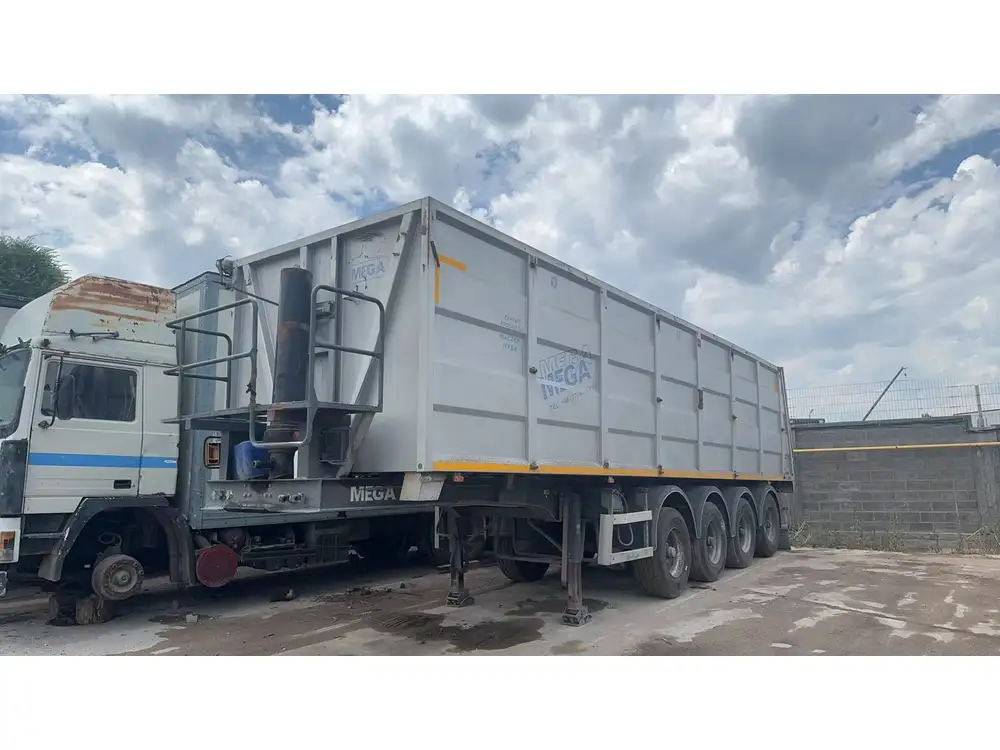
2.1. Flatbed Trailers
Flatbed trailers are designed for loads that cannot be enclosed. Typically seen in construction, these trailers vary in cost based on size and additional features.
- Price Range: $15,000 – $50,000
- Considerations: Accessibility for loading/unloading, potential need for tarps.
2.2. Refrigerated Trailers (Reefers)
These trailers are insulated to transport temperature-sensitive cargo. Their complexity in design can inflate costs.
- Price Range: $25,000 – $70,000
- Considerations: Energy efficiency of the refrigeration unit affects long-term operating costs.
2.3. Dry Van Trailers
The most common type used for transporting goods, dry vans are enclosed and provide protection from weather elements.
- Price Range: $20,000 – $50,000
- Considerations: Interior shelving or special loading equipment can add to the base price.
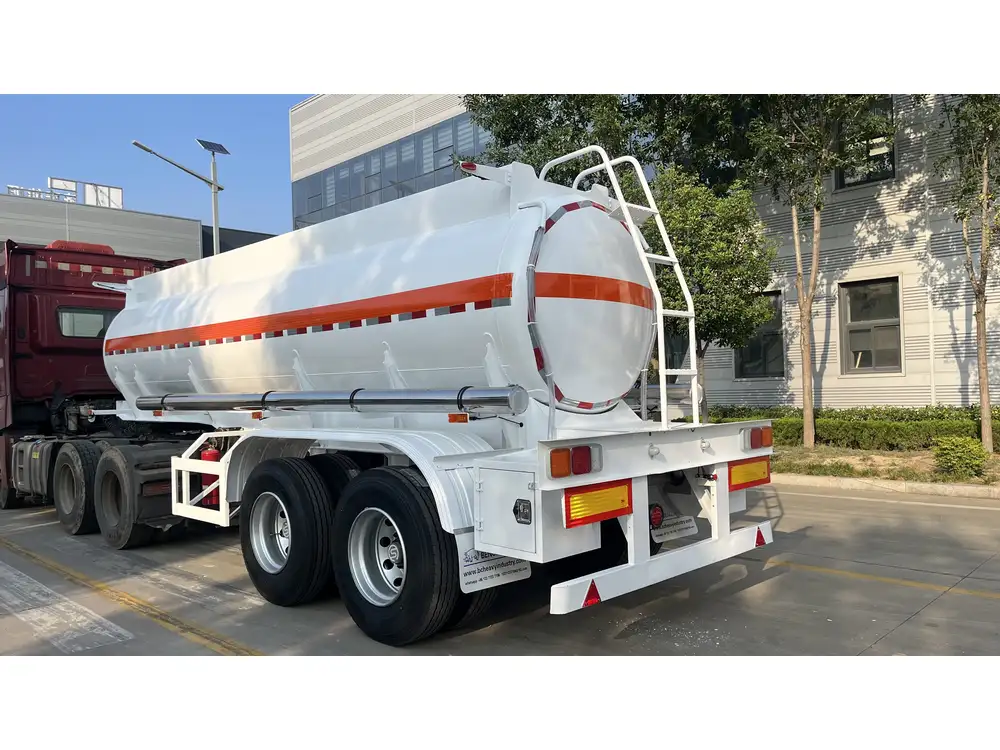
2.4. Specialized Trailers
These trailers serve unique purposes, such as car haulers or lowboys. Their specialized design can lead to significantly varied pricing.
- Price Range: $30,000 – $100,000
- Considerations: Custom manufacturing, potential legal requirements for different load types.
2.5. Tanker Trailers
Used for transporting liquids, these trailers require stringent safety features which can impact cost.
- Price Range: $25,000 – $80,000
- Considerations: Compliance with DOT regulations and safety standards.
3. New vs. Used Semi-Trailers: Which is Right for You?
Deciding between a new or used semi-trailer is one of the most significant choices a buyer must make. Each option has its unique set of pros and cons.
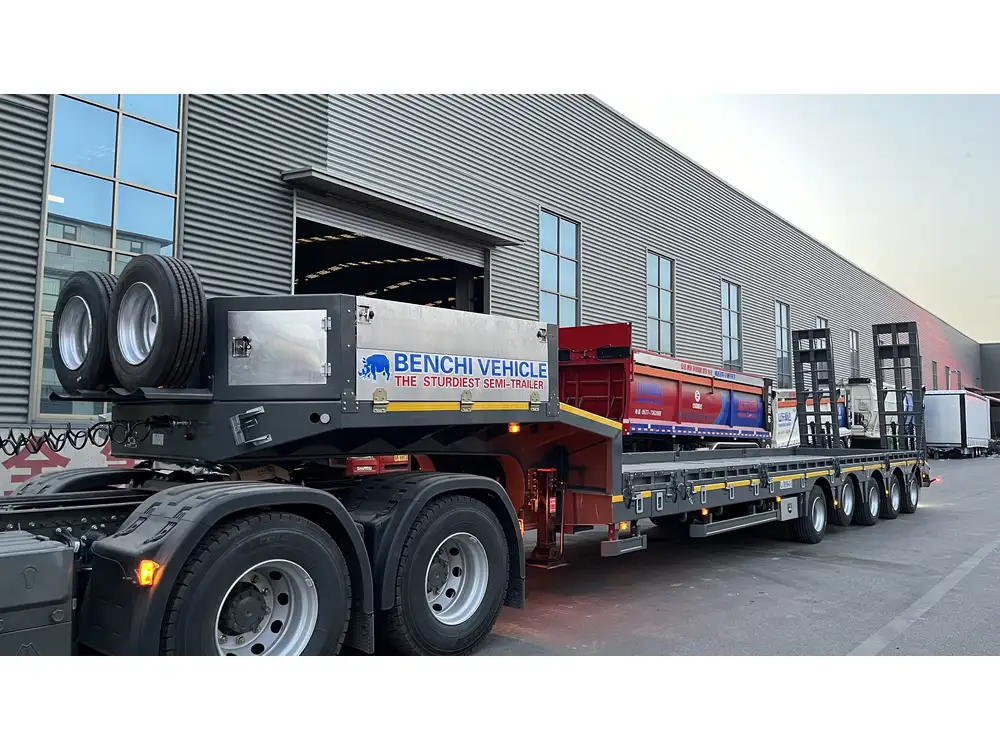
3.1. New Semi-Trailers
- Pros:
- Enhanced durability
- Comprehensive warranties
- Latest technology and features
- Cons:
- Higher initial investment
- Depreciation in value occurs quickly
3.2. Used Semi-Trailers
- Pros:
- More affordable price points (30-50% lower than new)
- Slower depreciation rate
- Cons:
- Potential hidden repair issues
- Limited or no warranty coverage
| Feature | New Semi-Trailers | Used Semi-Trailers |
|---|---|---|
| Initial Cost | Higher | Lower |
| Warranty | Comprehensive | Limited |
| Depreciation Rate | Rapid | Slower |
| Technology | Latest | Potentially outdated |
4. Hidden Costs in Semi-Trailer Ownership
While the initial purchase price is significant, understanding the hidden costs associated with semi-trailer ownership can lead to smarter financial planning.

4.1. Maintenance and Repairs
Regular servicing and unexpected repairs may emerge as notable expenses. Establishing a reserve fund for maintenance can safeguard against financial strain.
- Estimated Annual Maintenance Cost: 5-10% of the trailer’s value.
4.2. Insurance
Insurance is crucial for protecting your investment and may differ based on trailer type and usage.
- Typical Range: $1,500 – $4,000 annually depending on the coverage type and carrier.
4.3. Licensing and Registration
Each state has specific requirements for registering semi-trailers. Depending on the type and weight, these costs vary.
- Typical Annual Costs: $300 – $800 based on jurisdiction.

4.4. Fuel Efficiency
The choice of semi-trailer can influence your overall fuel consumption. Efficient designs save costs in the long run.
- Consideration: Look for aerodynamic features that can improve fuel economy.
5. Financing Options for Purchasing Semi-Trailers
Navigating the financial landscape of a semi-trailer purchase can be intricate. Several financing avenues exist to help manage the investment.
5.1. Traditional Loans
Banks and financial institutions often provide loans for new and used trailers. Interest rates can fluctuate based on creditworthiness.
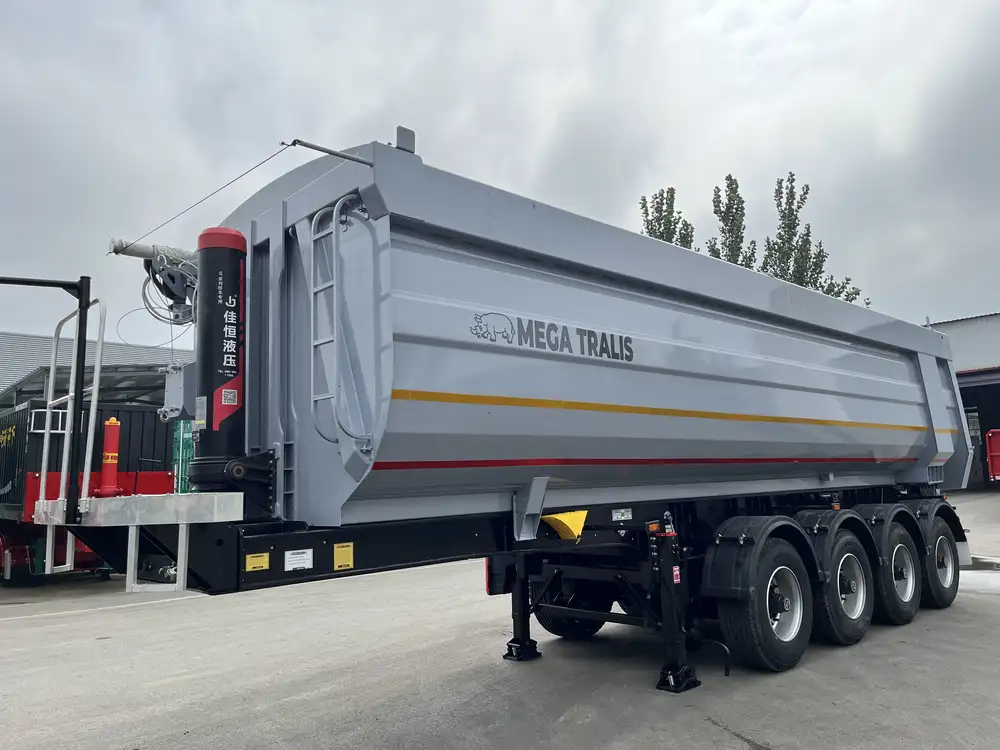
5.2. Lease Agreements
Leasing options provide flexibility. They can be financially beneficial, especially for startups needing immediate access.
- Advantages of Leasing:
- Lower monthly payments compared to purchasing
- Maintenance is often included in the lease
5.3. Financing through Dealerships
Some manufacturers or dealers offer direct financing options which can simplify the purchasing process.
- Note: Pay attention to terms and conditions, as dealer financing might come with higher interest rates.
6. The Future Cost Trends of Semi-Trailers
The landscape of semi-trailer pricing is dynamically changing. Several trends may shape future pricing, including:
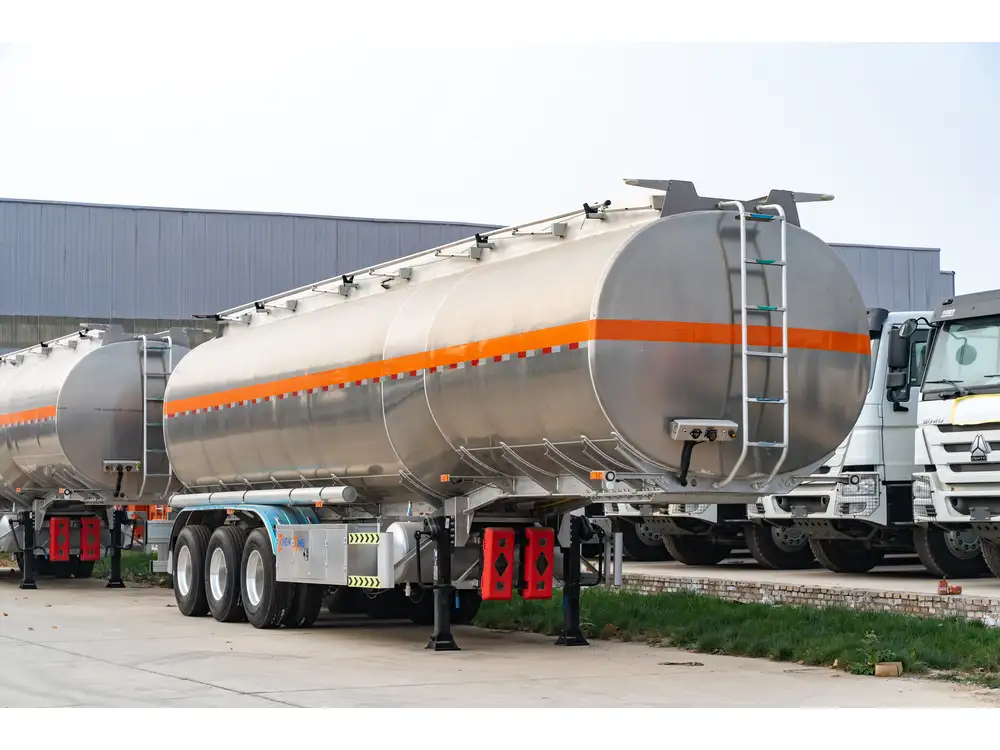
6.1. Technological Advancements
As the industry embraces new technologies (like electric trailers), upfront costs may rise initially, but operational costs may decrease over time due to savings on fuel and maintenance.
6.2. Material Innovations
Sustainable materials are becoming more commonplace. While they could increase upfront costs, they promise longevity and reduced environmental impact.
6.3. Market Demand
Economic factors (such as shifts in consumer behavior or international trade policies) can impact the availability and pricing of semi-trailers.

7. Conclusion: Making Informed Decisions
In conclusion, the cost of a semi-trailer is not merely about the sticker price. It encompasses a multitude of factors that must be scrutinized. Understanding your specific needs will shape your decision toward making a purchase that not only fits your budget but also serves your business optimally.
Investing time in weighing the types, new vs. used, hidden costs, and financing options will ultimately lead to an informed decision that aligns with both your immediate and long-term financial strategies. Before proceeding, always conduct thorough research and seek professional advice when necessary. In the ever-evolving world of logistics, being well-informed is your best strategy for success.
With this guide, we hope to have clarified the intricacies of semi-trailer costs, helping you make the right purchasing decision tailored to your unique requirements.



